Red Squirrel – Sciurus vulgaris

Since the introduction of the grey squirrel into Britain 125 years ago, the native red squirrel has become increasingly rare. Driven out of the whole of their southern range, (except Brownsea Island off the Dorset coast and the Isle of Wight, where there are no greys) by the competition for food and the transmission of the deadly Squirrel Pox Virus.
Although red squirrels were once found throughout Britain in both broad-leafed and coniferous woodland, it is the mature pine-dominated woodland of the far north of England and Scotland which is the preferred habitat, as pine cones retain their seeds longer than broad-leafed species.
Red squirrels are arboreal and diurnal, with major peaks of activity 2 – 3 hours after dawn and 2 – 3 hours before dusk in summer and a single morning peak in winter. They do not hibernate, suffer much from wet and cold, are very timid and are unwilling but accomplished swimmers.

| Origin: | Native. |
| Size: | Body / head 20 – 25 cm, tail 14 – 24 cm. Weight 200 – 475g. Smaller and more delicate than the grey squirrel. |
| Description: | Chestnut brown fur with ear tufts and white under-parts. Loose ear tufts in summer months. |
| Habitat: | Broadleaved and coniferous woodland though becoming confined to coniferous forests. |
| Young: | 1 – 2 litters per year Feb Aug (av. 3, max. 5 per litter). Individuals capable of breeding from 10 – 12 months and live to an average of 3 years (max. 6-7 years). 70% – 80% mortality in first year. |
| Nest: | New nests (dreys) resembling birds nests are built in spring by both sexes. |
| Diet: | Feed mainly in the tree canopy on conifer and other tree seeds as well as fruits, berries, fungus, bark, tree buds and flowers, other green plant material and invertebrates. Cannot digest acorns. |
| Population: | Pre-breeding season estimated to be in excess of 140,000, with at least 75% of these found in Scotland. |

